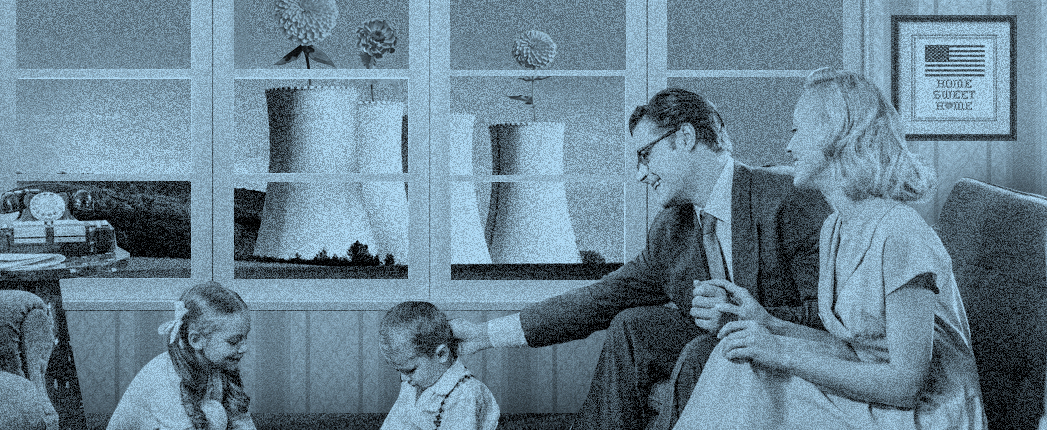
The shortcomings of the United States’ electrical grid has been a point of concern for some time now. With a major uptick in electric vehicle adoption predicted in coming years, those shortcomings are becoming even more prevalent, and many doubt that the country will be able to update its infrastructure to allow for a timely EV takeover. What’s more, many methods of generating electricity result in a significant level of carbon emissions. Fortunately, the U.S. has a good handle on nuclear power.
Deemed a clean method of energy generation, nuclear power is a key component of the country’s strategy to reduce carbon emissions. The U.S. boasts a total of 94 commercial nuclear reactors at 56 nuclear power plants. According to the U.S. Department of Energy, nuclear power generates about 20% of the country’s electricity.
However, nuclear power is not without its drawbacks. A major concern is what to do with the hazardous nuclear waste. According to the World Nuclear Association, the high-level waste produced from nuclear reactions – mostly from spent nuclear fuel – accounts for just 3% of the total volume of waste but contains 95% of the total radioactivity.
But how much waste is actually produced? A typical 1,000-megawatt nuclear power station produces 3 cubic meters of high-level waste per year, if used fuel is recycled. Meanwhile, an equivalent coal-fired plant produces 300,000 tons of ash and 6 million tons of carbon dioxide per year.
While that amount of waste seems minimal, used nuclear fuel must still be disposed of responsibly and safely.
What are some of the options? According to the U.S. Department of Energy, storing used nuclear fuel enclosed in water-filled or dry steel-lined concrete containers are common. For the foreseeable future, the fuel can safely remain at these facilities until a more permanent disposal solution is determined.
Used nuclear fuel can also be recycled. To date, nuclear fuel recycling has been focused on the extraction of plutonium and uranium. These can often be reused in conventional reactors. Fresh uranium is combined with the separated uranium and plutonium to make new fuel rods. However, the U.S. does not currently recycle its used nuclear fuel.

Sorry, a technical error occurred and we were unable to log you into your account. We have emailed the problem to our team, and they are looking into the matter. You can reach us at lubesngreases@omeda.com.
Click here link to homepage
Comments are closed.